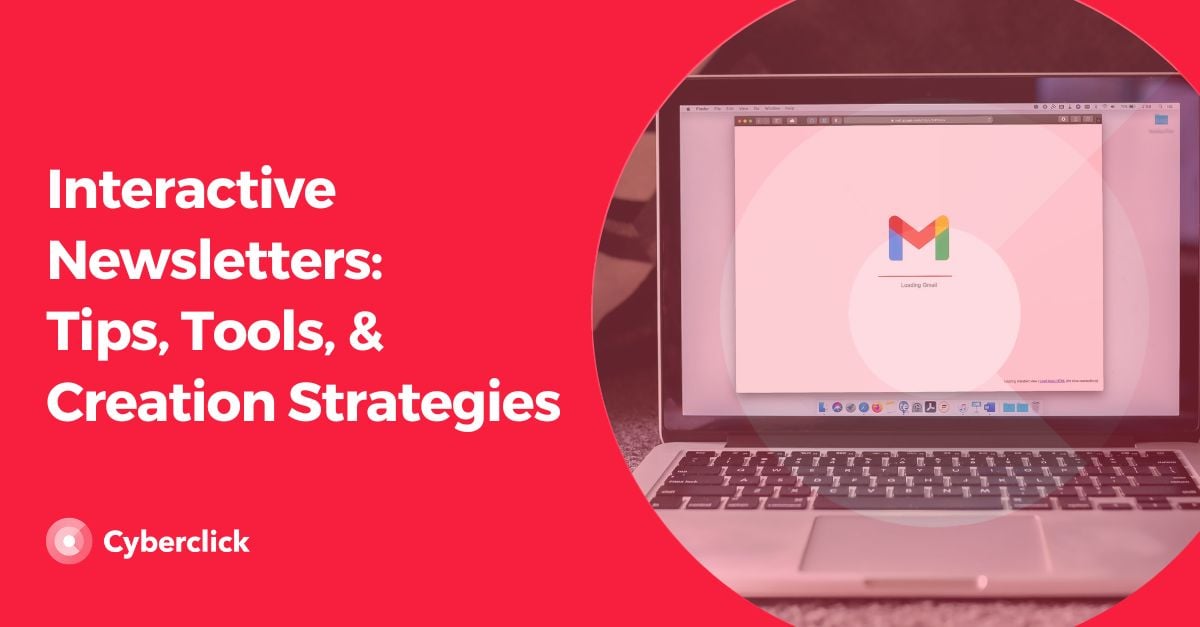In the marketing, business, economics, and social studies, it is common to analyze the current context we find ourselves in and give it a specific name based on its characteristics. This helps us better understand the reality surrounding us and allows us to adapt the strategies or theories we develop more accurately.
Currently, we live in what has been called the BANI environment, a term coined by thinker and author, Jamais Cascio. BANI stands for: brittle, anxious, non-linear, and incomprehensible.
Why did Cascio select these four adjectives to describe our era? In this article, we’ll explore this question to help you better understand the world we live in, gain deeper insights into your audience and market, and develop more effective strategies.

What Does BANI Mean?
B for Brittle
Citizens view organizations and institutions as solid and strong systems, often placing trust in them. However, these systems can collapse at any moment if an unforeseen situation that they are not equipped to handle arises. Oftentimes, when we've seen them struggle in the past, no one expected it.
Too many unforeseen events that are resolved ineffectively can ultimately jeopardize a system or organization. In the business world, the key to thriving in a BANI environment—where everything carries risk—is to take calculated risks and plan each step carefully. This also means avoiding progress until any outstanding issues are addressed.
A for Anxious
We live in a world full of uncertainty and fear of what may happen next. This has resulted in fewer people in the business world being willing to make decisions, which has led to linaction.
What should we do in this situation? Firstly, while staying informed is important, we must avoid overloading ourselves with information and fixating solely on the negative news the media bombards us with daily. Instead, we should focus on disconnection, trust, empathy, and mindfulness. By focusing more on how we act and getting to know ourselves better, we can view mistakes as great teachers rather than failures.
N for Non-linear
The rules we've been following don't always work, which is another result of the BANI environment we live in today. This can lead to extreme ambiguity, which should be balanced with intuition, transparency, and teamwork.
This is evident when we look at professional skills. The skills needed a few years ago are no longer the same as the ones we need today.
I for Incomprehensible
In addition to living in a world with greater uncertainty and fragility, we also live in a more complex world. We are inundated with vast amounts of data and information, but we don’t always know how to interpret it and may end up making mistakes. Given this, we need to learn to internalize that we don’t need to find the why behind everything, as sometimes it’s just due to random chance. Thus, it’s vital to learn to adapt to change and accept it as part of life.
Differences Between the BANI and VUCA Environments
Before the current BANI environment, we lived in what was called a VUCA environment. This term, created by the United States Army in the late 1980s, was prevalent in business strategy books but has now become outdated. VUCA stands for: Volatility, Uncertainty, Complexity, and Ambiguity. Some even add an H to the acronym to signify a hyper-connected environment.
What About TUNA Environments?
According to experts from Oxford University, we are now living in a TUNA environment: Turbulent, Uncertain, New, and Ambiguous. Keeping that in mind, the BANI theory remains the most widely accepted.

Source: DHB & Asociados
How Can You Adapt to the BANI Environment?
-
Be resilient: Design strong and solid environments that can adapt and survive as many circumstances as possible.
-
Be flexible: Adapt a flexible attitude, or embrace change without resisting it.
-
Be proactive: Avoid falling into inaction despite any fear, but don’t take on too many risks either. Balance is crucial.
-
Be optimistic: Don’t always dwell on what should have been, focus on accepting what is and what’s to come, leaving the past behind.
-
Be more empathetic: Implement communication in your work environment and strategies, while creating a more transparent space.
Content & Marketing Strategist en Cyberclick. Apasionada por la comunicación, la generación de contenidos y el mundo audiovisual. Graduada en Periodismo por la Universidad Autónoma de Barcelona.
Content & Marketing Strategist at Cyberclick. Passionate about communication and content creation. Tanit holds a degree in Journalism from the Autonomous University of Barcelona.






Leave your comment and join the conversation